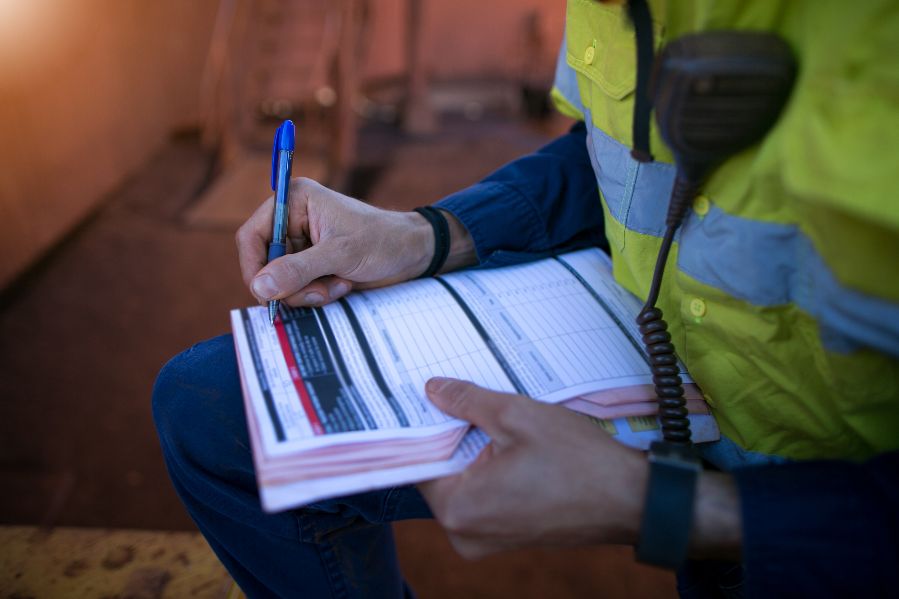
Determining true employment status and the importance of workplace risk assessments

A decision of the High Court of England & Wales [Paul Chadwick v R H Ovenden & Hamilton] provides a useful example of how the court will determine the employment status of a worker, and a reminder of the importance of a competent workplace risk assessment to keep workers safe.
Mr Chadwick was working on the dismantling of a DC8 Aircraft at an airfield in Kent. He was using an angle grinder to cut through sheet metal. An oxygen cylinder was immediately behind the metal sheet and exploded when struck by the grinder. He suffered extensive injuries, including permanent damage to his eyes and hands, and had been unable to work since the accident.
He brought claims against the company that contracted with the airport to permit the dismantling of the aircraft (Ovenden), and a subcontractor (Mr Hamilton) who directed and paid him.
Mr Hamilton argued Mr Chadwick was an independent contractor. He relied on the fact Mr Chadwick was paid in cash, and had told the HSE he was self-employed during interview.
Ovendon argued they owed no duty of care as they had no control over how the works were undertaken.
Both defenders also sought to argue that the presence of the oxygen cylinder was not reasonably foreseeable and therefore, even if they owed a duty of care, they had not breached it.
In determining whether Mr Chadwick was an employee the court noted the following keys factors: (a) he had no control over the tasks he had to undertake (b) his instructions were provided by Mr Hamilton (c) the tools were provided by Mr Hamilton (d) he was largely required to work full time on site and the hours of work were set by Mr Hamilton (e) he was paid a set rate in cash with no profit share element, and it was said to be for the duration of the dismantling of the aircraft (f) he could not send someone to undertake the work in his place; and (g) while other men worked with him, he only received instructions from Mr Hamilton.
The overwhelming impression of the court was that Mr Chadwick was employed by Mr Hamilton. It found as a matter of law and fact that he was employed.
The significance of working as an employee is that an employer owes a non-delegable duty of care to their employees. An employer has to take steps to provide a reasonably safe place of work, a safe system of work, and to keep employees safe as far as reasonably practicable.
Reasonableness, in the context of the duty to take reasonable care, is assessed objectively, not with the benefit of hindsight. A breach of duty arises where the harm was reasonably foreseeable. That is to say, that the employer knew, or ought reasonably to have known, that what they were asking their employee to do, or how they were asking them to do it, placed them at risk of harm.
Where there have been previous accidents, near misses, or complaints about hazards, proving a breach of duty may be relatively straightforward. However, where there is no previous awareness of a risk, proving breach of duty is more difficult. This is where the statutory obligation to risk assess is relevant. Risk assessments are an exercise by which the employer is expected to examine and evaluate all risks entailed in his operations and to take steps to remove or minimize those risks. They should be a blueprint for action.
In this case expert evidence was led from an aviation expert that an inspection of the plane should have taken place before work began. A competent inspection would have identified the hidden oxygen cylinder. It was reasonably foreseeable that the aircraft would contain items with a potential to explode.
The court found that Ovenden had sufficient control over the workplace to owe a duty of care to those working on the site, and Mr Hamilton owed a duty as employer. It was foreseeable that Mr Chadwick could be harmed in the way he was working. The harm was a consequence of their failure to take reasonable steps to prevent it. Both were found liable in negligence.
Email Gordon Milligan
Call our employment law team free on 0808 560 0872
Arrange a callback by using our enquiry form
Share this page
- Employment Issues
- Our employment law team
- Disciplinary issues
- Discrimination at work
- Employment contracts
- Equal pay disputes
- Grievance issues
- Holiday pay issues
- Maternity and paternity rights
- Redundancy
- Settlement agreements
- TUPE transfers
- Unfair dismissal
- Unlawful deductions from wages
- Testimonials
- Claim now

